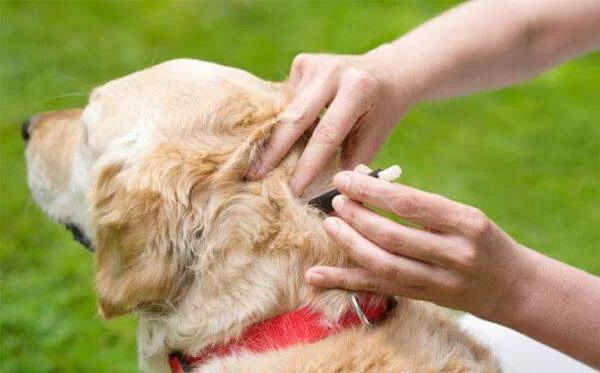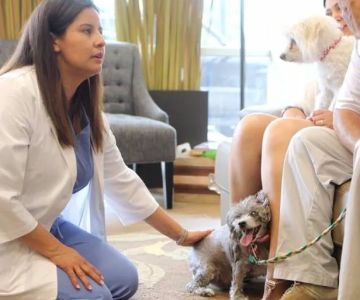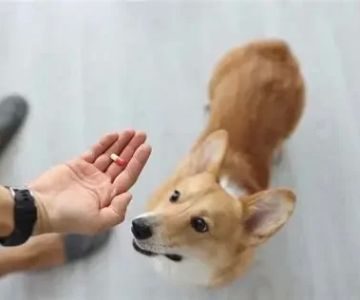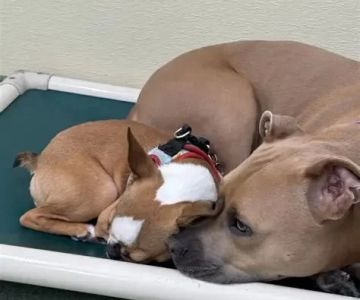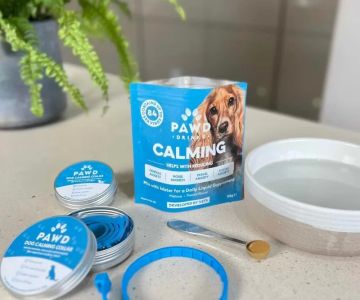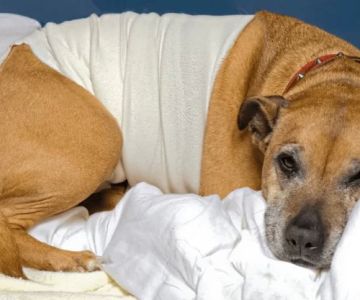How to Prevent Dog Flea Infestations: A Guide for Pet Owners
If you're a dog owner, you know that flea infestations can be more than just an inconvenience – they can cause discomfort for your pet, lead to skin infections, and even result in more severe health problems. Having battled flea problems with my own dog, I know the frustration and worry that comes with these pesky parasites. In this article, I'll share my experiences and research to help you understand how to prevent dog flea infestations and keep your furry friend comfortable and healthy. From flea prevention tips to treatment solutions, we’ll cover everything you need to know.
1. Understanding Fleas and Their Impact on Your Dog
Before diving into prevention methods, it's essential to understand what you're up against. Fleas are tiny insects that live off the blood of mammals. These parasites can cause severe itching and irritation for dogs, leading them to scratch constantly. Fleas are also known to transmit diseases like tapeworms and flea allergy dermatitis, a condition that can make your dog’s skin hypersensitive to flea saliva.
In my own experience, I noticed my dog, Max, started scratching incessantly and even developed small bald patches. A quick inspection revealed the telltale signs of fleas. The discomfort was obvious, and it became clear that a preventive approach was necessary to avoid future infestations.
2. Preventing Fleas from Infesting Your Dog
Now that we understand the risks, let's explore effective ways to prevent flea infestations. Prevention is far better than dealing with an infestation once it’s already underway. I’ve found a combination of methods to be most effective in keeping fleas at bay.
2.1. Flea Prevention Products
The first line of defense against fleas is the use of flea prevention products. These include spot-on treatments, flea collars, oral medications, and shampoos. I've personally had the best results with spot-on treatments. These treatments, applied to the back of your dog's neck, kill fleas on contact and help prevent future infestations. Some popular options include Advantage, Frontline, and K9 Advantix.
Oral medications are another effective choice. Pills like Comfortis or NexGard can kill fleas within hours, and they last for a month. Flea collars, while a bit controversial due to the chemicals involved, are also commonly used to create a protective barrier around your dog's neck.
2.2. Regular Grooming and Bathing
Regular grooming is essential to keep your dog flea-free. I make sure to brush Max regularly, especially after walks in the park or other outdoor areas. This helps to remove any fleas or flea eggs that might have clung to his fur. Bathing your dog with a flea shampoo can also be helpful in killing any fleas on contact, as well as soothing irritated skin.
3. Natural Remedies for Flea Prevention
If you’re looking for natural methods to prevent fleas on your dog, there are several options to consider. I prefer using natural remedies as an additional layer of protection. While they might not be as potent as chemical treatments, they can still help deter fleas when used consistently.
3.1. Essential Oils
Essential oils like lavender, cedarwood, and eucalyptus are known for their flea-repellent properties. I’ve used a diluted spray of lavender oil on Max’s collar to keep fleas away. However, it’s important to note that not all essential oils are safe for dogs, so always consult with your vet before using them.
3.2. Diatomaceous Earth
Diatomaceous earth is a natural substance that can be sprinkled on your dog’s coat or in areas where your dog spends time. It works by dehydrating fleas, eventually killing them. I’ve had success using food-grade diatomaceous earth around Max’s bedding and in the yard to reduce the flea population.
3.3. Apple Cider Vinegar
Some people swear by apple cider vinegar as a flea repellent. I’ve mixed a small amount of apple cider vinegar with water in a spray bottle and used it as a coat spray. The vinegar can help balance the pH of your dog’s skin and deter fleas. It’s a safe, affordable option to keep in your flea prevention arsenal.
4. Managing Fleas in Your Home
Even with the best flea prevention methods, fleas can still infest your home if you're not careful. Fleas lay eggs in your dog’s fur, which can then drop onto the floor, into the carpet, and on furniture. This means that flea prevention needs to extend beyond your dog and into your home.
4.1. Regular Cleaning
I make it a point to vacuum my home frequently, especially after walks or trips to places where fleas are common. Flea eggs and larvae can live in your carpets and furniture, so vacuuming daily is an essential part of keeping your home flea-free. Be sure to dispose of the vacuum bag or empty the canister immediately after cleaning.
4.2. Flea Treatments for the Home
Using flea sprays or flea bombs designed for home use can be helpful in eradicating any flea eggs or larvae hiding in carpets and upholstery. I’ve used a flea spray in the house a couple of times as a preventive measure, and it has worked well to keep fleas under control. Be sure to follow the manufacturer’s instructions and take safety precautions when using these products.
5. What to Do If Your Dog Has Fleas
If you notice signs of a flea infestation on your dog, such as excessive scratching, hair loss, or visible fleas, it’s time to take action immediately. Don’t wait for the problem to worsen. I’ve had to deal with flea problems in the past, and addressing the issue promptly made a significant difference in Max’s comfort.
5.1. Treat Your Dog
The first step is to treat your dog with a flea control product. You can choose from spot-on treatments, oral medications, or flea shampoos. Be sure to follow the directions carefully to ensure the treatment is effective.
5.2. Treat Your Home
As mentioned earlier, fleas can infest your home quickly. Vacuum thoroughly, wash your dog’s bedding, and use flea treatments in your home to eliminate fleas from every corner. Treating both your dog and your home will help prevent re-infestation.
In conclusion, preventing dog flea infestations requires consistent effort and the right strategies. By using the appropriate flea prevention products, maintaining a regular grooming routine, and incorporating natural remedies, you can keep your dog free from fleas. Don't forget to protect your home as well to create a flea-free environment for both you and your pet. With these steps, you'll be able to enjoy a happy, healthy, and flea-free life with your dog.

